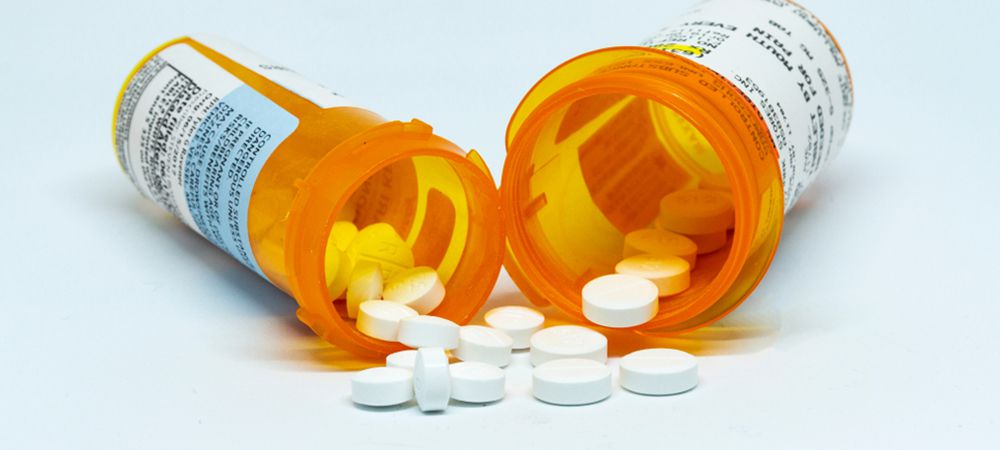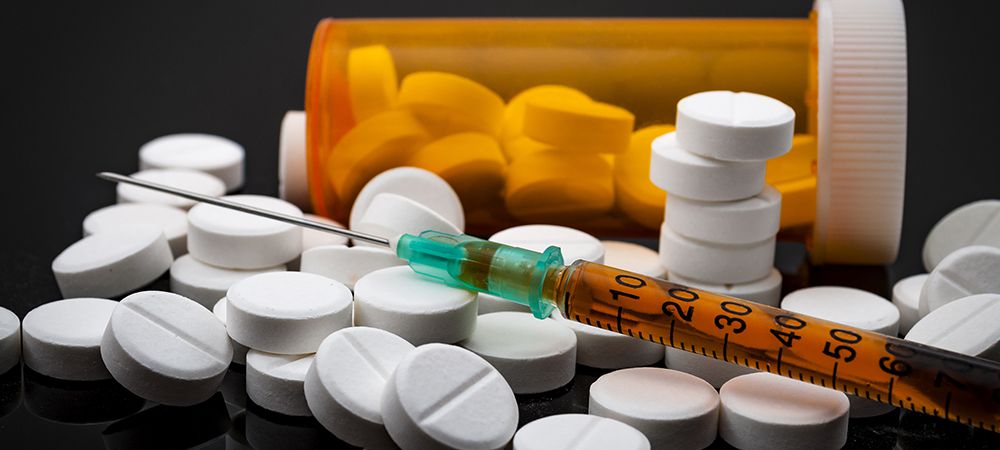Oxycodone Addiction and Abuse in Canada
Oxycodone addiction and abuse are just one of the many opioid problems plaguing Canada in 2021. Uncontrolled opioid abuse spins out of control and can lead to severe consequences. For instance, between 2016 and 2018, there have been over 11,000 deaths due to oxycodone and other forms of opioid abuse.
The use of oxycodone is a two-edged sword. Oxycodone (street name – Oxy) is a prescription medication that douses immense pain. However, just like other opioids, it’s highly addictive. Beyond its addictive properties, oxycodone abuse can also result in psychological side effects.
Opioids are notorious for how addictive they can be. According to studies, it’s possible to develop an oxycodone habit with the very first use. Medical monitoring is supposed to prevent addictions. However, we often find that patients go out of their way to use beyond the prescribed dosage.
Patients are not to blame for the oxycodone abuse and addiction situation in Canada. We believe the Canadian healthcare system can do more to prevent opioid addiction.
While exploring these crisis-preventing measures is beyond the scope of this article, we’ll consider some other critical things. From the numbers to the symptoms, we’ll paint a picture of how bad oxy abuse is in Canada.
Oxycodone Abuse and Addiction in Canada: Numbers and Statistics
According to the CCSA, about 10% of people who use opioid medication like oxycodone stated that they went beyond the prescribed use method. From using an increased dosage to modifying the drug before indulging, addicts abuse oxycodone in different ways.
It’s hard to draw the fine line for opioids. When dependency starts, most patients stop getting the prescription drug legally and turn to street sellers. They also hide the dependency from their doctors and family.
Why oxycodone is addictive
Belonging to the group of pain medicines called Narcotic Analgesics, oxycodone works directly on the Central Nervous System. Oxy works in the body by producing feelings of pleasure and relief. These pleasurable feelings are directly linked to patients using more of the substance.
The rate of oxycodone addiction and abuse is about 30% of administered users. Another data informs that about 5% of opioid addicts transition to heroin in search of euphoric feelings.
Oxycodone: A small part of the larger opioid epidemic
In plain terms, oxycodone misuse is a great part of the larger opioid epidemic. It comes with a death rate that is as high as 7%, and things are only getting worse. Overdose deaths are becoming popular, and due to the medical applications of oxycodone, it’s hard to put a sudden stop to its use.
There’s also the illegal opioid trade that’s booming in Canada. The easy access to street-level drug trade takes the oxycodone addiction crisis in Canada beyond the control of medical professionals.
The medical approach to using oxy as a pain reliever works on a tapering system. Over time, your doctor will start to reduce your dosage. But, when doctors start to reduce oxy dosage as necessary, patients can always buy it illegally.
Oxy Abuse By the Numbers

The worst part is oxy abuse has a spiral effect that extends to other members of the family. According to a WebMD report, the number of kids sent to foster care due to opioids has doubled. Between 1997 and 2012, opioid poisoning in children rose by 205%. There was a spike in teen death rate due to opioids in 2015, and the numbers aren’t reducing.
We can keep talking about the national impact of oxycodone addiction and abuse all day. However, maybe a closer look at the individual impact will drive home the message of how unhealthy oxycodone is.
Related Article: How to Treat Prescription Drug Abuse
Oxycodone Addiction and Abuse Symptoms
Denial is a common behaviour with oxycodone addicts. However, there will always be signs and symptoms that indicate the need for opioid addiction treatment.
Experiencing Withdrawal Symptoms
Withdrawal symptoms are typically the first indicator that you’re starting to depend on oxycodone. You try to stop using oxy, and you find out that you can’t. Trying to stop leads to physical discomfort, which we know as withdrawal symptoms.
Given the oxycodone addiction crisis in Canada, the following symptoms are common among oxy users.
- Muscle pain
- Cold flashes
- Vomiting and diarrhea
- Inability to sleep
Obsessing over oxycodone
Another marker that you are on the verge of oxycodone addiction and abuse is uncontrolled craving. You begin to focus on getting and using oxy.
The obsession with oxy leads to a loss of interest in other things you normally enjoy. You may also find yourself neglecting responsibilities because you want to use oxy.
Using more than the recommended dosage is a surefire sign of oxycodone addiction. Once you notice that you have to use more than your regular prescription to get the same effect, you need opioid addiction services.
Another way oxy addicts obsess over the substance is the way they use it. Sometimes, addicts try to heighten the effect of the pill by using oxycodone with other non-prescribed substances.
You ‘doctor shop’
Doctor shopping is the unofficial term for visiting different doctors so you can get multiple prescriptions. In doing so, patients won’t have to turn to street dealers to buy oxy. They’ll simply visit an unsuspecting doctor who’ll provide them with a new prescription.
Lifestyle changes

Other physical and behavioural signs of addiction
These include;
- Constipation
- Shallow breathing
- Agitation
- Depression
- Euphoria
- Lack of motivation
- A terrible sense of judgment
- Trouble sleeping
- Lack of coordination
- Easy irritation
Long Term Effect of Oxycodone
The major long-term side effect of oxycodone is hypoxia. Hypoxia is a medical term describing a reduction in the amount of oxygen that reaches the brain. A reduction in brain oxygen levels will result in an array of psychological and neurological effects.
Hypoxia can cause coma, permanent damage to the brain, and ultimately death. In the short term, effects from oxycodone addiction and abuse seem like nothing. The real damage is in the long term. But, then, the health impacts of oxy abuse are almost always beyond remission or recovery.
Risk Factors for Oxycodone Addiction
When you follow your oxycodone prescription strictly, the risk of addiction drops drastically. Addiction creeps in when you start to use more than the prescribed dosage. An extra pill every day will balloon into a serious addiction.
Using other methods apart from swallowing oxy can lead to addiction. When you begin to crush pills for snorting or injecting purposes, you’re abusing them.
Snorting or injecting oxy delivers a rapid surge of euphoria to your body. The rapid hit is against the slow pain-relief that comes with using oxycodone normally. As such, the probability of addiction is higher compared to swallowing the pill.
Beyond the user’s irresponsibility with the substance, some other factors can increase the risk of oxycodone addiction. These additional factors can either be genetic, environmental, or psychological. They include:
- Poverty
- Family history of oxycodone addiction and abuse
- Unemployment
- The curiosity of the young mind
- Criminal history or legal issues
- Severe depression and anxiety
- Stressful circumstances
- Ineffective rehabilitation
- Seeking thrill.
And as said earlier, while more men are addicted to oxycodone than women, the risk of severe addiction is higher in the latter. Hence, it’s safe to assume that gender is also a risk factor. Biological characteristics also make women get dependent on oxy faster than men.
Related Article: Why Do Most People Get Addicted to Prescription Drugs?
Final Thoughts
Oxycodone addiction and abuse is a huge problem in Canada. The effects of abusing a highly addictive substance like oxycodone range from physical to neurological and psychological problems. And as has been able to highlight, there’s an increase in the number of deaths resulting from opioid abuse in general.
You shouldn’t be another part of the statistics. If this article has uncovered a need for professional addiction services, reach out to us. Here at Inspire Change Wellness Centre, we design our opioid addiction treatment services to take you by the hand through the process of withdrawal, recovery, and support. We are the friend you need right now. Contact us today!

